
Dentures are Removable replacements for missing teeth and the surrounding tissues. There are two types that are available: complete and partial.
Complete dentures are needed when all of the teeth are missing from the mouth, while partial dentures are used where there are still some teeth remaining.
There are also two kinds of complete dentures, conventional and immediate.
The conventional ones are made after the teeth have already been removed, and they are ready to be placed into the mouth about eight to 12 weeks after the teeth have been taken out.
Immediate dentures are made in advance and can be put into the mouth as soon as the teeth are removed, this is beneficial for people who do not want to have to live without teeth during the healing period after the natural teeth are plucked from the mouth.
The obvious disadvantage of immediate dentures is that they will probably require more adjustment, because the bones and gums in the mouth tend to shrink and change during the healing process.
Removable dentures are sets of teeth that come with a pink, gum-colored bases connected by a metal framework that holds them into place when put into the mouth.
These dentures are used when there are still natural teeth remaining that have not fallen out or been taken out.
The partial denture performs two essential tasks, it fills the spaces where teeth are missing and it prevents the natural teeth from changing position.
However, there are alternatives to dentures called dental implants, though they are usually more expensive. The advantage is that they look and feel more like real teeth, however, not everyone is a candidate for this procedure.
At first, new dentures can feel pretty strange and loose until the muscles of the cheek and tongue learn to keep them in place and until the person gets accustomed to putting them in and taking them out.
Dentures are made to resemble the person’s natural teeth as closely as possible, so there should be no drastic change in the way a person looks.
Eating may be difficult at first as well, put it is nothing that a little time and practice will not take care of for most. It is important at first to chew very slowly and to use both sides of the mouth equally. When dentures are put in, sticky and hard foods should be avoided, especially chewing gum. It is also not wise to use toothpicks to remove food lodged in the dentures.
It also may be a little difficult to get used to speaking and pronouncing words at first, but this will come with practice as well.


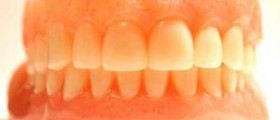
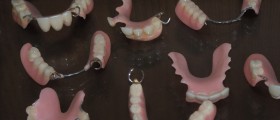


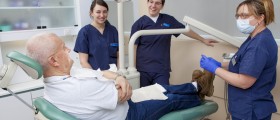
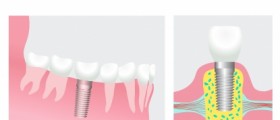
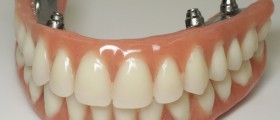
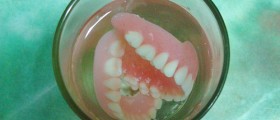
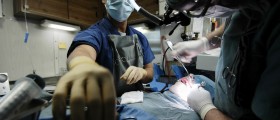
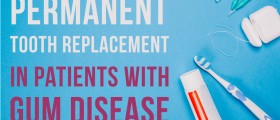
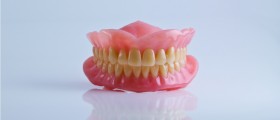
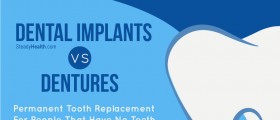
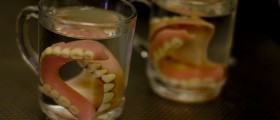


Your thoughts on this
Loading...